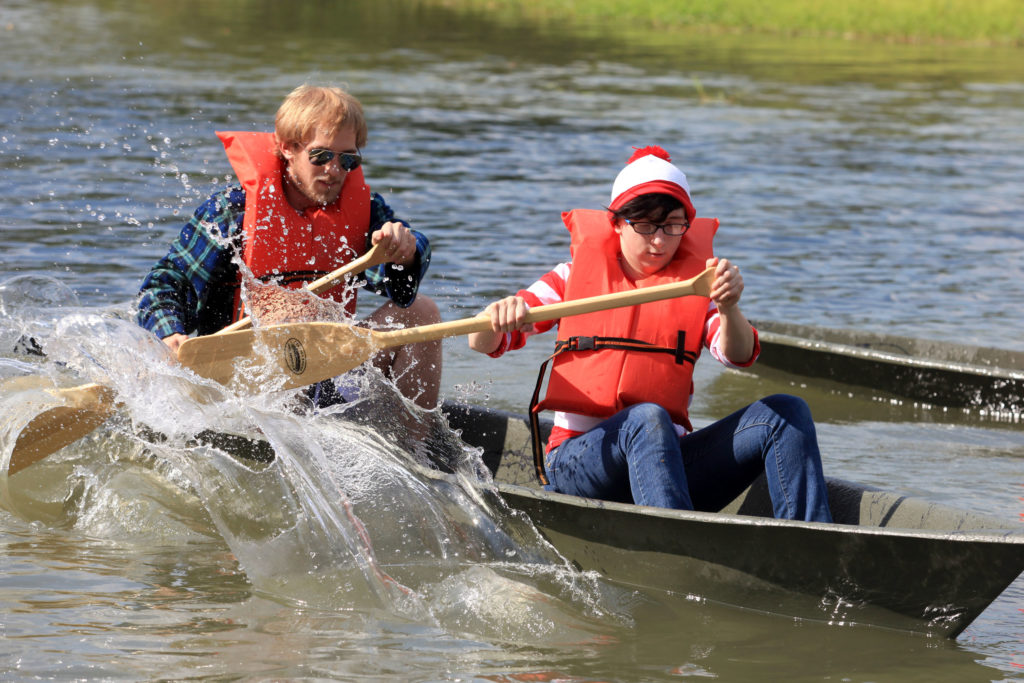Nicholls State is one of the 95 schools penalized for falling below the minimum score of 925 on the NCAA’s Academic Progress Report (APR), given each year.Nicholls received the maximum penalty of 10 percent, losing 6.3 scholarships in football and 1.17 in baseball.
The APR is a point system that requires each program at each school to meet minimum academic requirements or face the potential loss of scholarships.
Nicholls State Athletics Director Rob Bernardi said some of the penalties have already begun to be assessed.
“We’ve already begun to take the penalty away in football so that’s one thing,” Bernardi said. “We’ve taken two away this year, and we’ll take the remaining four away next season.”
The APR score is determined by eligibility and retention, according to compliance coordinator Bobby Galinsky. It only applies to student-athletes on full or partial scholarship.
Any athlete who is eligible and returns to school gets two points. This is done in both the spring and fall semesters. The maximum score a player can get for a year is four points-two in the spring and two in the fall. If a university has students who go 0-2, the penalties begin to set in.
“A school calculates everyone they have receiving aid,” Galinsky said. “For example, if they have 10 people on aid, and if all 10 are on aid and everyone on aid is a four, then your maximum is 40/40. Calculate the number of people they have and divide it into 40 (the maximum score). That’s where your get your percentage numbers and your APR number. The minimal number you need is a 925. If you range from 850-925 you can do an institutional waiver, where if they accept it you might not be subject to penalties.”
Although football’s score increased from around a 740 to an 830, Galinsky said football lost the whole 10 percent because they were never above 850.
“They might have penalized us because we were never above an 850,” Galinsky said. “A school can have an 860 one year and a 835 the next year and still not be penalized because they are real close to the 850.”
One factor that hurt Nicholls was the low score Nicholls had in the year of the NCAA investigation.
Sixteen athletes received a 0-2 that year, 12 of which were involved in the infractions. Nicholls finished that APR scoring in the 700s in football.
However, Galinsky said he believes football will reach the 925 plateau within the next year.
“On the positive side, football was at a 910 this past fall, so they are making progress,” Galinsky said. “They are doing it by recruiting better athletes. I’m confident that they’ll reach 925 because they are doing such a good job.”
Head football coach Jay Thomas said the team has a study hall, among other things, to help get the score up.
“We’ve got a real good plan in place,” Thomas said. “Things are progressing nicely for us. Last I heard, our APR was up 100 points. Looking abroad, there are 90 other schools in the same situation, so it’s just something that happened. We have a study hall that meets Monday through Thursday, a tutoring system and we’re trying to get a mentor program in place.”
Bernardi said that it starts with identifying the students who have the problems early.
“We need to identify kids that are at risk a lot earlier and get them attention,” Bernardi said. “We don’t want them to drop out of school, and we want them to maintain their eligibility.”
A student who isn’t eligible and drops out of school cannot be eligible at another school, Galinsky said.
Besides Nicholls, schools such as Centenary (.87 in baseball), Louisiana-Lafayette (1 in men’s basketball), Louisiana-Monroe (1 in men’s basketball) and Louisiana Tech (.11 in baseball, 1 in men’s basketball and .66 in men’s track and field) were the other Louisiana schools that received penalties.
Even though the APR is designed to teach universities the importance of academics, Galinsky said he still feels it should be a four-year program and is not in favor of the current system.
“Their initial reaction when they came out was that the APR is supposed to be a learning curve, and it’s supposed to teach universities and not supposed to be hit like a death penalty,” Galinsky said. “In reality it’s here, and it’s not going to go away anytime soon. We have to do a better job to recruit athletes to bring it up, and I think we’re doing that.







